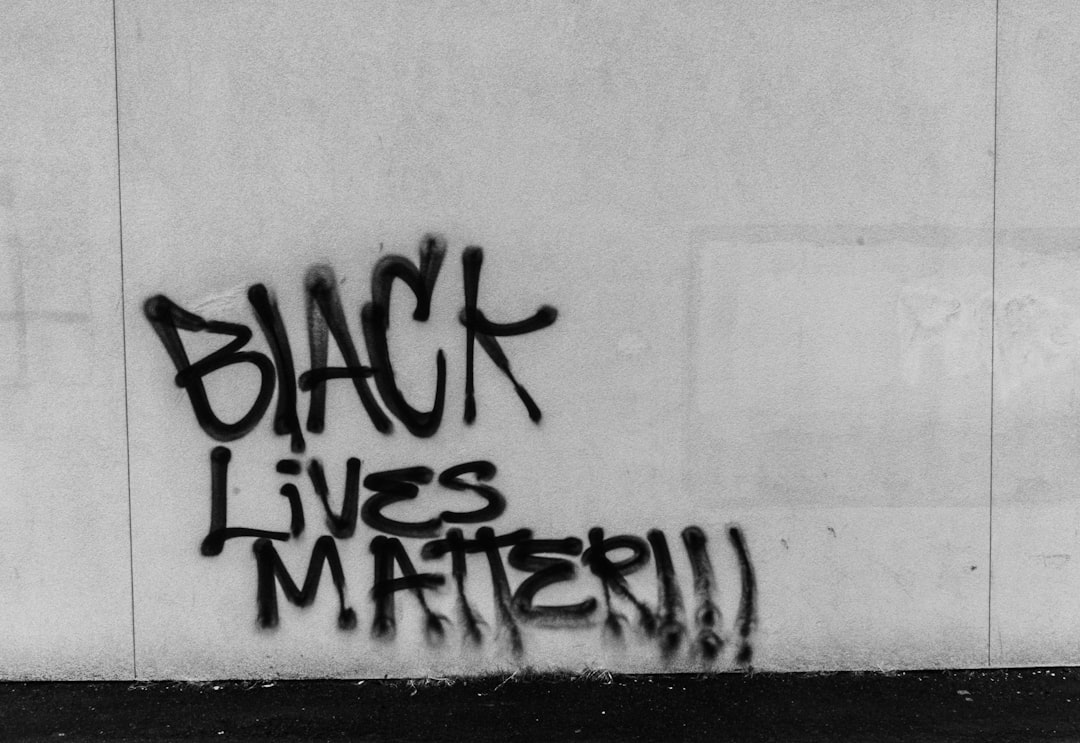What is it about?
This paper examines the meaning of three animals—the lion, the bull, and the mušḫuššu-dragon—as depicted on the walls of the Ishtar Gate and Processional Way at Babylon. These animals embody multiple layers of meaning but are associated with specific deities and all possess apotropaic qualities. The animals served traditionally as guardian figures placed at the entrances to Mesopotamian temples and palaces. This study focuses on their apotropaic roles which are evoked by the specific architectural context in which the animals are placed. It is suggested that the images of these animals underscored the importance of both the Ishtar Gate and the Processional Way as a crucial route into the symbolic heart of the city.
Featured Image
Perspectives
Scholars’ view over the symbolic role of animal representations in Babylon is divided. In particular, the mushussu and the bull depicted on Ishtar Gate and the lion on the wall of Processional Street are often explained as divine symbols. Only a few scholars, i.e., Wiggermann (RlA 8 mushussu: 460) and Lambert (1985: 87-88), believe they are apotropaic. This paper examines the occurrence of these animals according to a particular architectural context, which is crucial in determining the meaning intended, to suggest that their function is more likely apotropaic.
Dr Chikako E. Watanabe
Osaka Gakuin University
Read the Original
This page is a summary of: THE SYMBOLIC ROLE OF ANIMALS IN BABYLON: A CONTEXTUAL APPROACH TO THE LION, THE BULL AND THE MUŠḪUŠŠU, Iraq, December 2015, Cambridge University Press,
DOI: 10.1017/irq.2015.17.
You can read the full text:
Contributors
The following have contributed to this page










